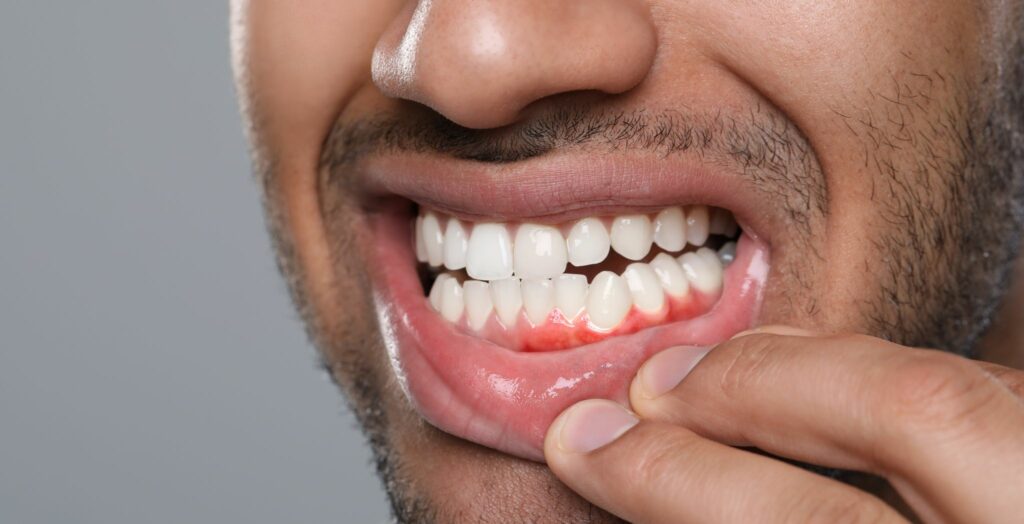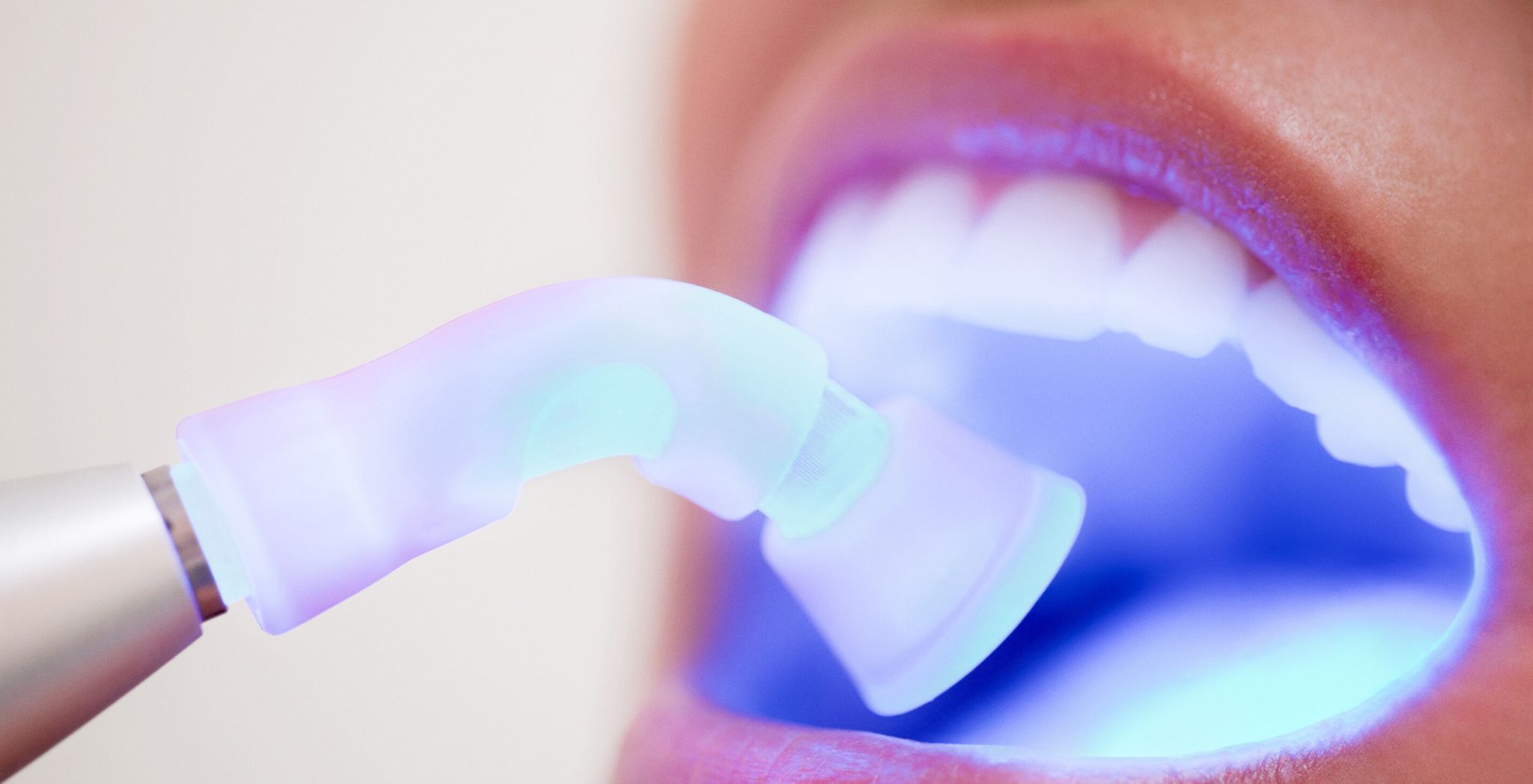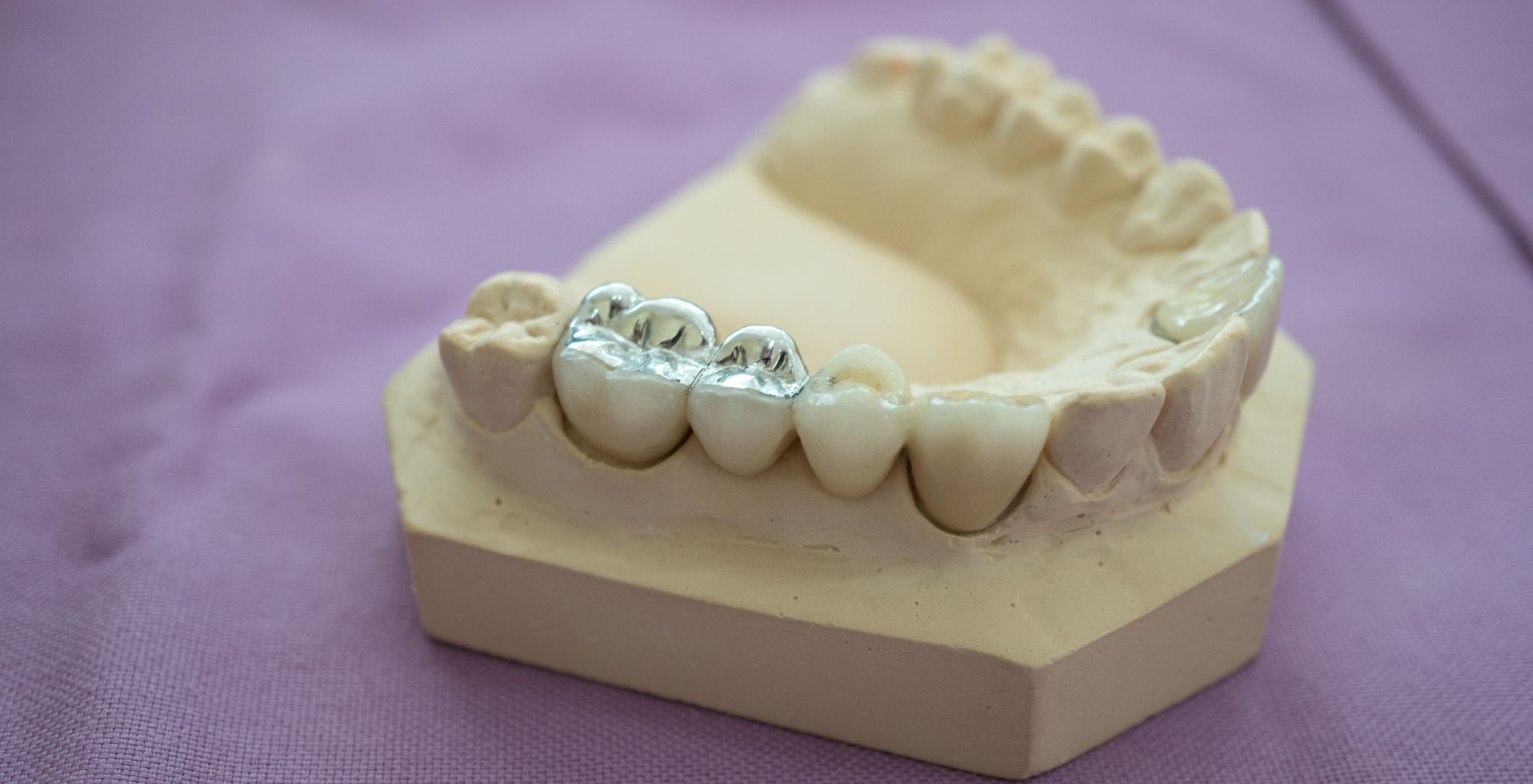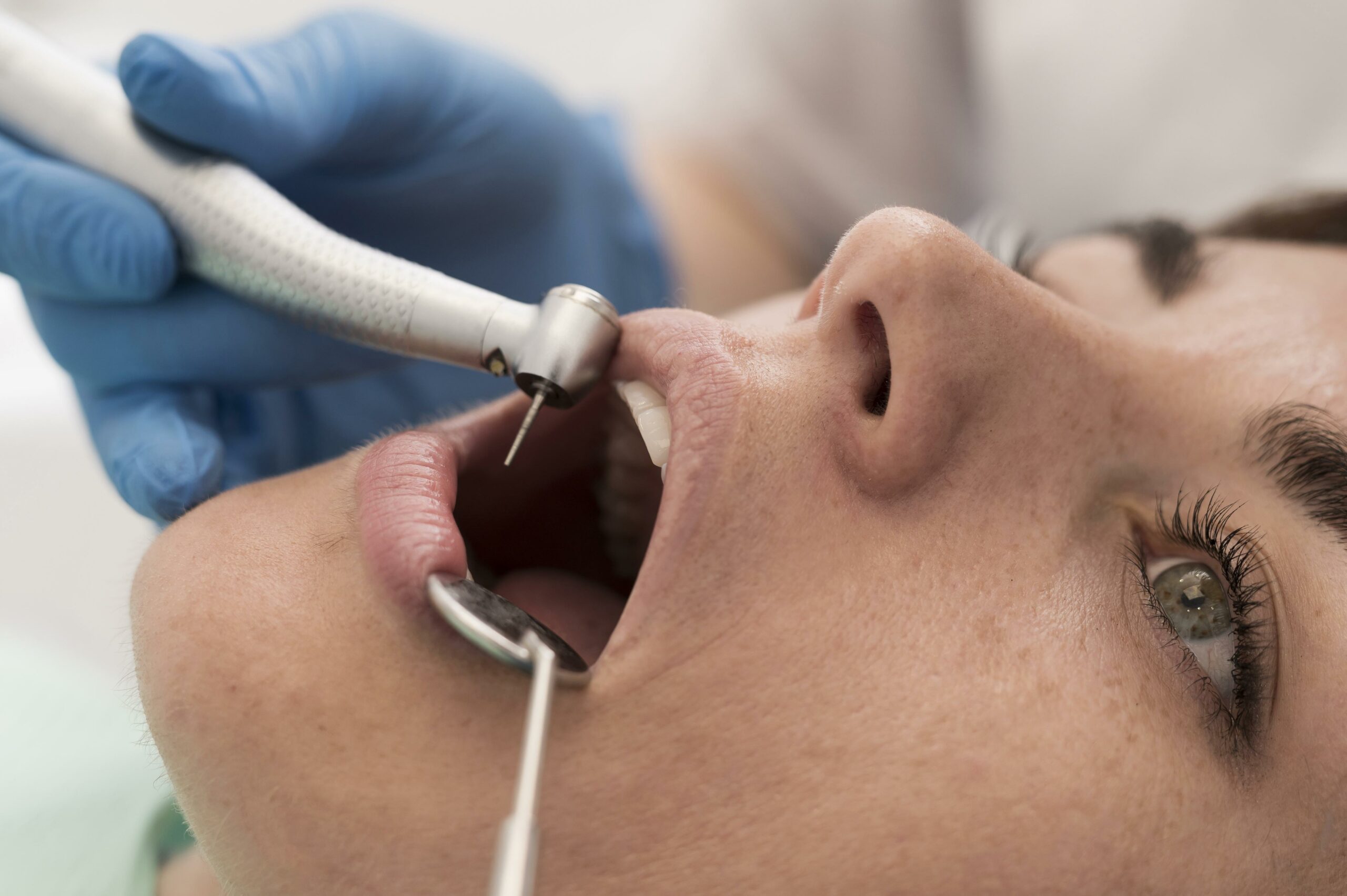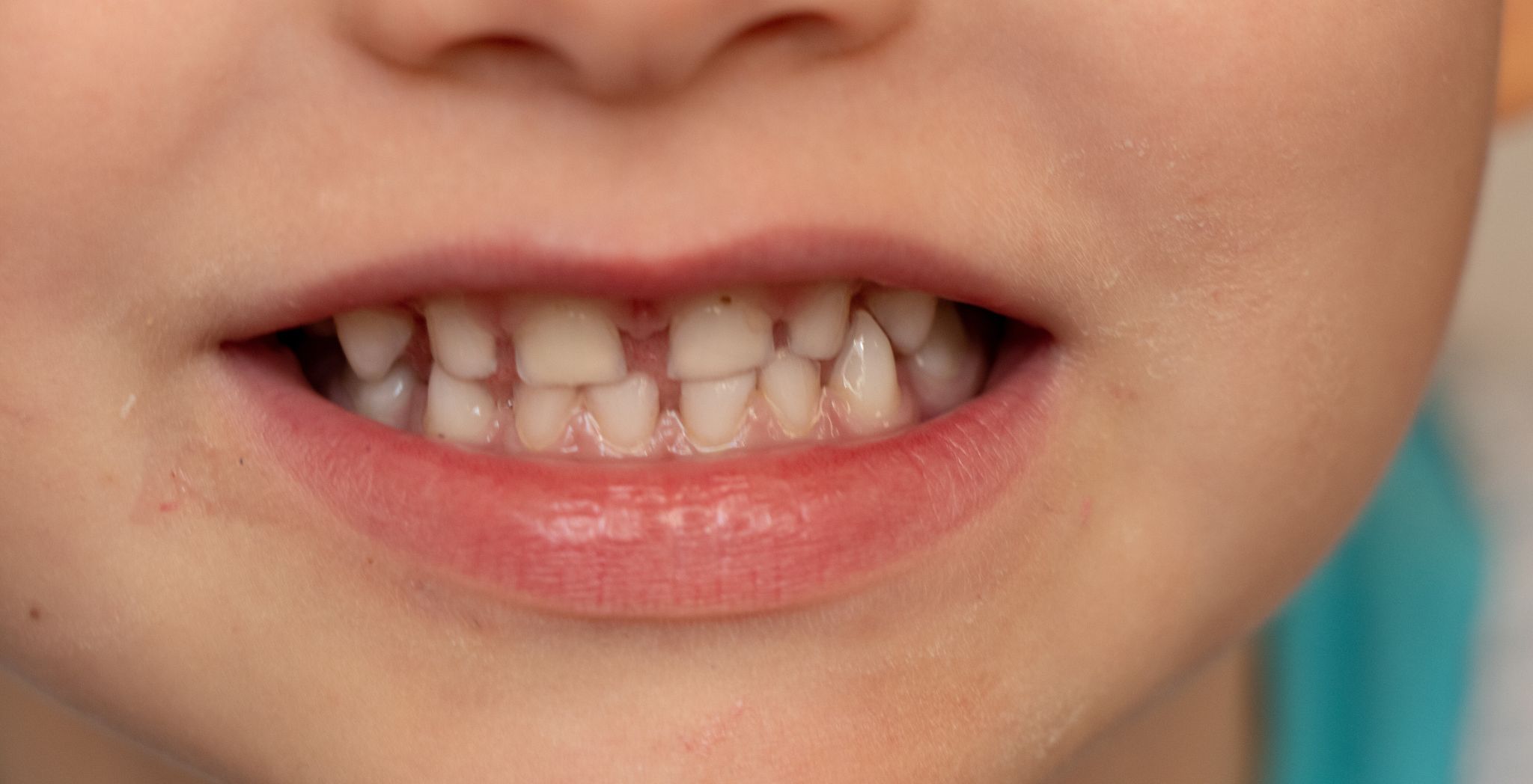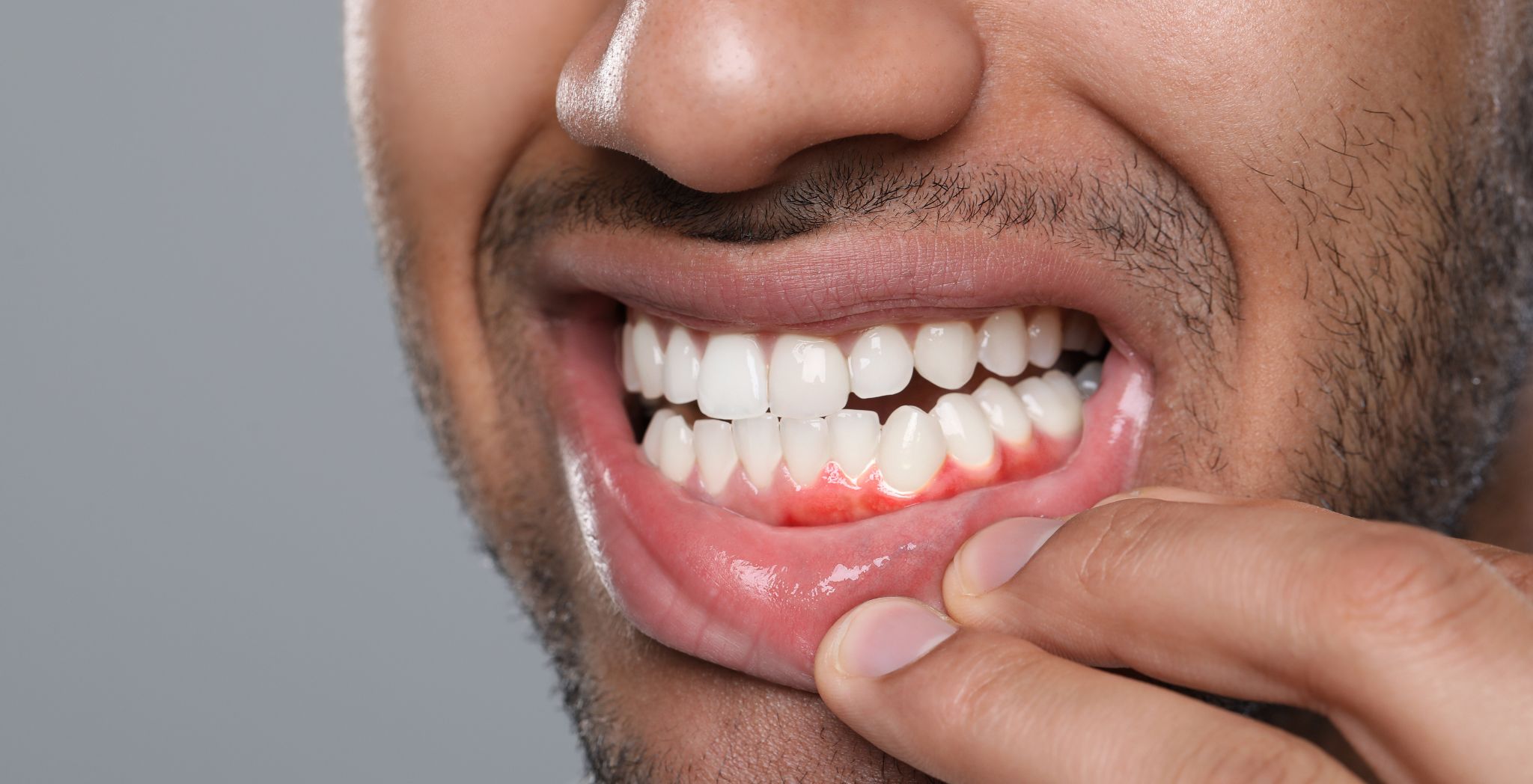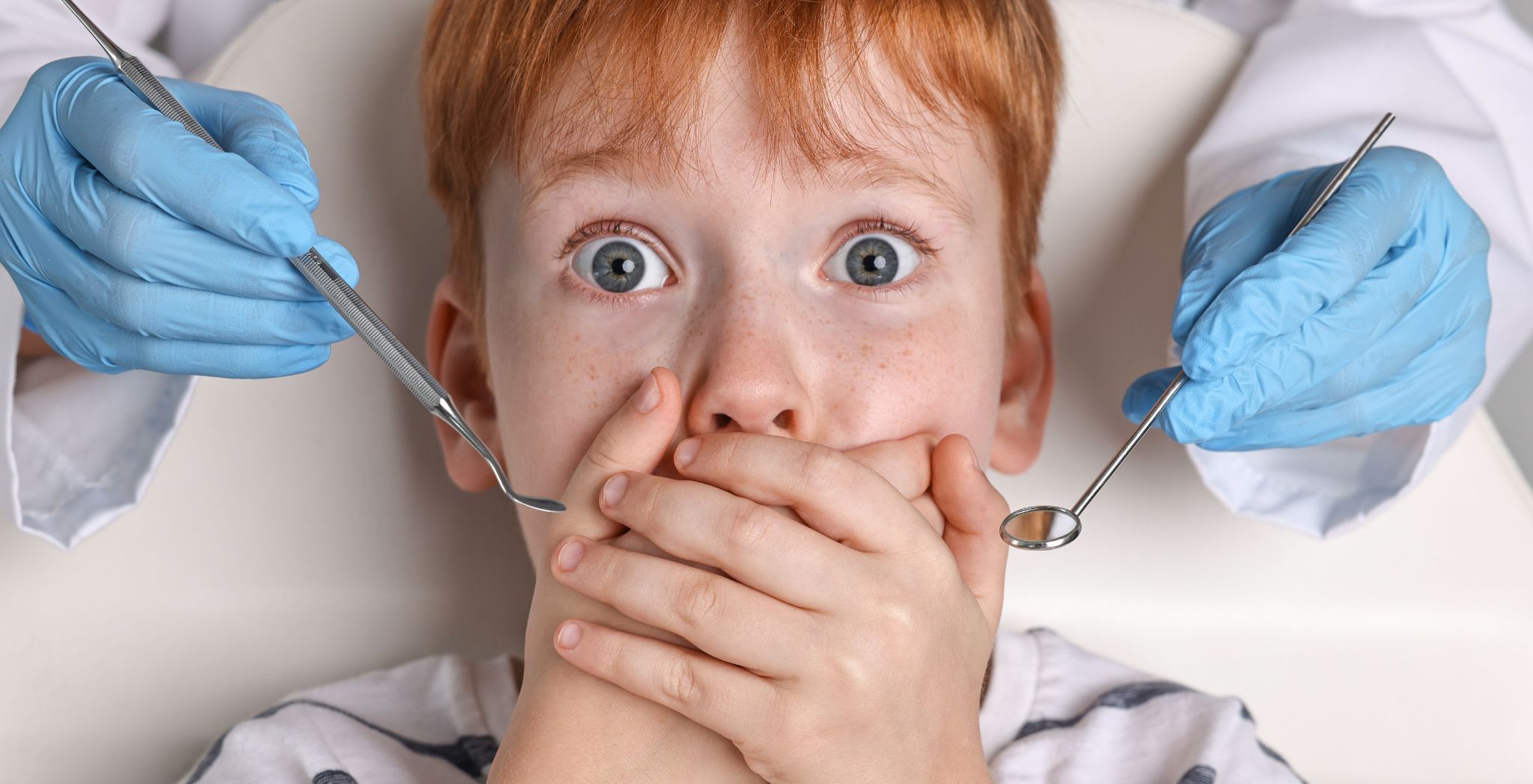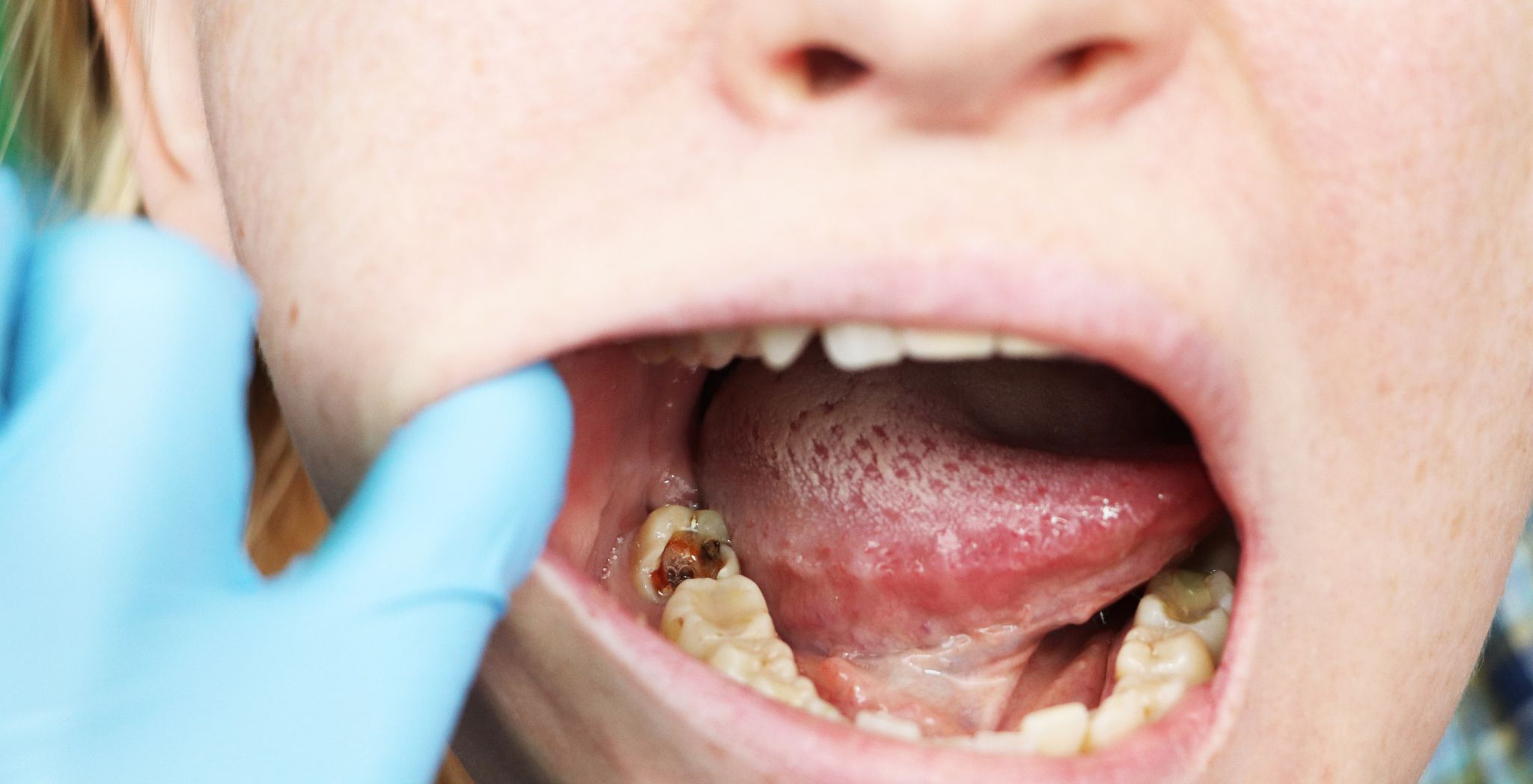Ever noticed your teeth looking a bit longer than they used to? Or maybe you’ve felt a strange sensitivity when you eat something cold or hot? These could be signs of something called gum recession. It sounds a bit scary, but it’s a common dental problem, and the good news is, there are lots of ways for gum recession treatment and get your smile back on track!
In this blog, we’re going to explore all about gum recession – what it is, why it happens, what you can do about it, and how to keep your gums healthy for the long run. So, let’s start!
What is Gum Recession?
Imagine your gums as a protective blanket covering the roots of your teeth. They keep your teeth snug and safe. Gum recession occurs when the gum tissue starts to pull back or wear away, exposing more of the tooth, and sometimes even the root of the tooth.
Think of it like the tide going out at the beach, revealing more of the sand. When your gums recede, they expose parts of your teeth that should be covered, which can lead to several problems.
Causes of Gum Recession
So, why do gums decide to pack up and move? There are several reasons, and often it’s a combination of a few things:
- Aggressive Tooth Brushing: This is a big one! If you brush your teeth too hard or use a toothbrush with really stiff bristles, it can actually wear away your gum tissue over time. It’s like scrubbing a delicate surface with a harsh brush – eventually, you’ll damage it.
- Gum Disease (Periodontal Disease): This is the most common cause. Gum disease is a bacterial infection that destroys the gum tissue and the bone supporting your teeth. If left untreated, it causes your gums to pull away from your teeth, forming pockets that get infected.
- Genetics: Unfortunately, some people are just more prone to gum recession because of their genes. If your parents had receding gums, you might be more likely to get them too, even if you’re doing everything right.
- Poor Dental Hygiene: If you don’t brush and floss regularly, plaque (a sticky film of bacteria) can build up on your teeth. This hardens into tartar, which is even harder to remove and irritates your gums, leading to inflammation and recession.
- Tobacco Products: Smoking and using other tobacco products can significantly increase your risk of gum disease and gum recession. They affect the blood flow to your gums, making them more vulnerable to infection and damage.
- Teeth Grinding or Clenching (Bruxism): If you grind or clench your teeth, especially at night, the excessive force can put a lot of stress on your gums and the bone supporting your teeth, leading to recession.
- Misaligned Teeth or Bite Problems: If your teeth don’t come together properly when you bite, some teeth might experience too much force, leading to gum recession around those areas.
- Hormonal Changes: Fluctuations in hormones, especially in women during puberty, pregnancy, or menopause, can make gums more sensitive and susceptible to gum recession.
- Oral Piercings: Piercings in the lip or tongue can rub against the gum tissue, causing it to wear away over time.
Signs and Symptoms of Gum Recession
How do you know if your gums are receding? Keep an eye out for these common signs:
- Longer-Looking Teeth: This is often the most noticeable sign. If your teeth appear longer than they used to, it’s probably because your gums have pulled back.
- Tooth Sensitivity: When the roots of your teeth are exposed, they lose the protection of your gums and enamel. This can lead to sensitivity to hot, cold, sweet, or sour foods and drinks. Ouch!
- Bleeding Gums: While bleeding gums can be a sign of many things, if they bleed easily when you brush or floss, it could be a sign of gum disease, which often goes hand-in-hand with recession.
- Red, Swollen Gums: Inflamed or swollen gums are another indicator of gum disease.
- Bad Breath: Persistent bad breath can be a sign of bacterial buildup in your mouth, often associated with gum disease.
- Loose Teeth: In more advanced cases, as the gum and bone support is lost, teeth might start to feel a bit wobbly or loose. This is a serious sign and needs immediate attention.
- Notches on Your Teeth Near the Gum Line: Sometimes, you might notice small indentations or notches where the gum has receded from the tooth.
Why Gum Recession Needs Treatment
You might be thinking, “It’s just my gums, is it really that big of a deal?” Yes, it is! Gum recession isn’t just a cosmetic issue. It can lead to some serious problems if left untreated:
- Increased Tooth Sensitivity: As mentioned, exposed roots are super sensitive. This can make eating and drinking enjoyable things a real pain.
- Tooth Decay (Cavities): The roots of your teeth don’t have the protective enamel that the crown of your tooth does. This makes them much more vulnerable to decay when exposed.
- Bone Loss: Gum recession is often linked to bone loss around your teeth. If the bone supporting your teeth weakens, your teeth can become loose and may even fall out.
- Further Gum Recession: Without treatment, the recession can continue to worsen, leading to more exposed tooth structure and more problems.
- A Less Attractive Smile: Let’s be honest, receding gums can make your smile look uneven or unhealthy.
- Risk of Tooth Loss: In severe cases, the loss of gum and bone support can ultimately lead to tooth loss.
Treatment Options for Gum Recession
The good news is that there are several effective ways to treat gum recession, depending on how severe it is and what’s causing it. Our dentist at Aspendale Gardens Dental Care, or a specialist called a periodontist (a gum specialist), will help you figure out the best approach.
Non-Surgical Gum Treatment
For mild cases of gum recession, or if the main cause is gum disease, your dentist might start with non-surgical options:
- Deep Cleaning (Scaling and Root Planing): This is like a super thorough clean for your teeth and roots. Your dentist or hygienist will remove plaque and tartar from above and below the gum line, and then smooth out the root surfaces. This helps the gums reattach to the teeth and reduces inflammation.
- Antibiotics: Sometimes, antibiotics (either as a mouth rinse, gel, or pill) are used to control bacterial infection and help the gums heal.
- Dental Bonding: For very minor recession, where the root is only slightly exposed and not causing sensitivity, your dentist might use a tooth-coloured composite resin to cover the exposed root surface. This can also help with sensitivity.
Surgical Gum Treatment (Gum Grafting)
When the recession is more significant, or if non-surgical options haven’t been enough, your dentist might recommend gum grafting. Don’t worry, it’s not as scary as it sounds! Gum grafting is a procedure where a small piece of tissue is taken from another part of your mouth (usually the roof of your mouth) or from a donor source, and then carefully attached to the area where the gum has receded. This new tissue helps to cover the exposed root and rebuild your gum line.
There are a few different types of gum grafts:
- Connective Tissue Graft: This is the most common type. A small piece of tissue from under the surface of the roof of your mouth is taken and used to cover the exposed root.
- Free Gingival Graft: Similar to the connective tissue graft, but a small piece of tissue is taken directly from the surface of the roof of your mouth. This is often used to increase the amount of tough gum tissue around the tooth.
- Pedicle Graft: If you have healthy gum tissue next to the receding tooth, your dentist might simply move a flap of that tissue over to cover the exposed root. This keeps the blood supply to the graft intact.
- Regenerative Procedures: In some cases, if there’s bone loss along with gum recession, special materials can be used to help regenerate lost bone and tissue.
What to Expect During Gum Recession Treatment
The experience will vary depending on the treatment.
- Deep Cleaning: This is usually done in your dentist’s office and involves using special instruments to clean your teeth thoroughly. You might feel some pressure or scraping, but it’s generally not painful. Local anaesthetic can be used if you’re sensitive.
- Gum Grafting: This is a surgical procedure and will involve a local anaesthetic to numb the area, so you won’t feel any pain during the procedure itself. You might feel some pressure. The surgery typically takes an hour or two, depending on how many teeth need treatment.
Recovery and Aftercare for Gum Recession Treatment
After any gum recession treatment, especially gum grafting, proper aftercare is crucial for a good recovery:
- Pain Management: Your dentist will likely prescribe pain medication to help with any discomfort after gum grafting. Over-the-counter pain relievers can often manage discomfort after deep cleaning.
- Soft Food Diet: For gum grafting, you’ll need to stick to a soft food diet for a week or two to avoid disturbing the healing gum tissue.
- Gentle Oral Hygiene: You’ll be given specific instructions on how to clean your teeth gently around the treated area. This might involve using a special soft toothbrush or a prescribed mouth rinse. Avoid brushing directly on the grafted area until your dentist says it’s okay.
- Avoid Smoking: If you smoke, it’s really important to stop, especially during the healing period, as smoking can significantly hinder healing.
- Follow-up Appointments: You’ll have follow-up appointments with your dentist to check on your healing and remove any stitches.
- Be Patient: Healing takes time. It’s important to follow all your dentist’s instructions and be patient with the process.
How to Prevent Gum Recession from Worsening
The best way to deal with gum recession is to prevent it in the first place, or at least stop it from getting worse!
- Brush Gently: Use a soft-bristled toothbrush and brush with gentle, circular motions. Don’t scrub your teeth like you’re cleaning tiles!
- Brush Twice a Day: Ensure you brush for at least two minutes, twice a day.
- Floss Daily: Flossing removes plaque and food particles from between your teeth where your toothbrush can’t reach.
- Regular Dental Check-ups and Cleans: Regularly seeing your dentist and hygienist (usually every six months) for professional cleans is crucial for removing plaque and tartar buildup. If you’re in Aspendale, finding a great dentist Aspendale can help you stay on top of your oral health.
- Address Teeth Grinding: If you clench or grind your teeth, talk to your dentist about a night guard to protect your teeth and gums.
- Quit Smoking: This is one of the best things you can do for your overall health, including your gums.
- Healthy Diet: A balanced diet helps keep your whole body healthy, including your gums.
- Avoid Aggressive Rinsing: Don’t rinse your mouth too vigorously, as this can also irritate your gums.
When to See a Dentist for Gum Recession
If you notice any of the signs or symptoms of gum recession, or if you’re concerned about your gums, it’s always a good idea to see a dentist. The sooner you catch gum recession, the easier it is to treat and prevent further problems. Don’t wait until it becomes a major issue!
Conclusion
Gum recession might seem daunting, but with the right care and treatment, you can absolutely restore your gum health and protect your precious smile. From simple changes in your brushing habits to advanced gum grafting procedures, there are effective solutions available.
Remember, healthy gums are the foundation of a healthy smile, so take good care of them!
Concerned About Your Receding Gums?
Don’t put off getting them checked! Reach out to our local dentist at Aspendale Gardens Dental Care today to discuss your options for gum recession treatment and get your smile back on track.
If you’re looking for a reliable dentist in Aspendale, consider reaching out to Aspendale Gardens Dental Care to find a suitable option and book an appointment. Your gums will thank you!

